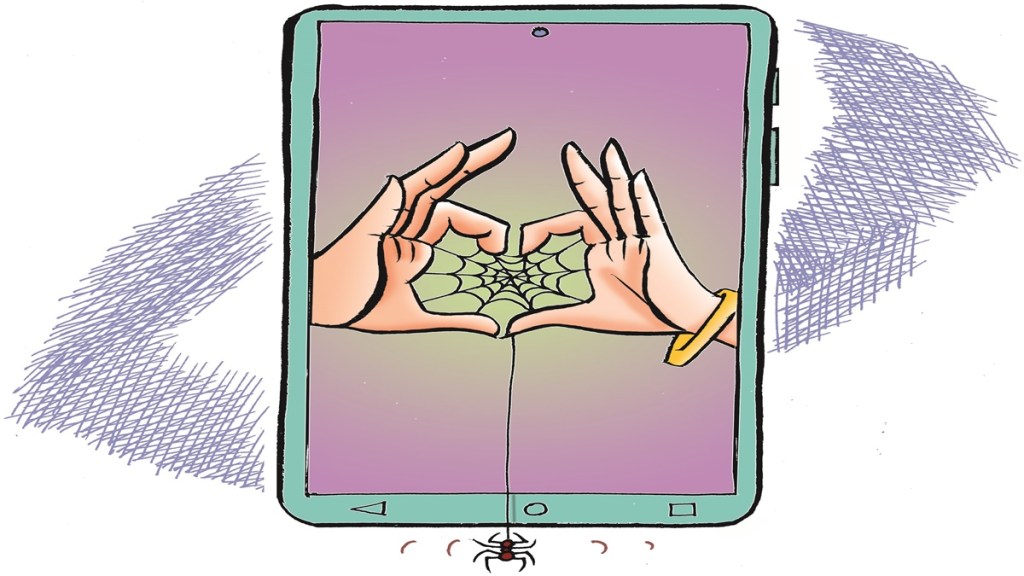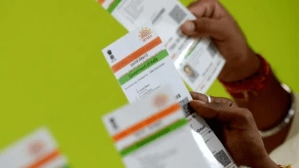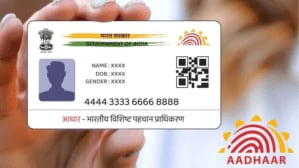As the traditional relationship story goes, you meet someone, feel attracted, pursue the same, date, commit, and maybe live ‘happily ever after’. It involves commitment and exclusivity, so to say. However, this no longer seems to be the norm, especially among the GenZs, who are redefining the dating scene on their own terms, and putting the spotlight on themselves and their needs. A testament to that is ‘situationship’.
Dating app Tinder’s Year in Swipe report 2022 revealed a rise of 49% people embracing a ‘situationship’ as the new relationship intention. A simple search on Google Trends indicates a rising interest in the term, starting last year. But what does this situation in a relationship look like?
The term first came into the limelight in 2019 when Alana Morrison, a participant on Love Island, a reality TV show, first used it define her relationship history. To put it simply, situationship is a romantic and physical relationship, but which is undefined, non-committal, and often non-exclusive. So it is more than a hookup but less than a relationship.
“If you think about it, Radha and Krishna was the og situationship,” is how a Twitter user puts it. So, ‘it’s complicated!’ has got a new term, it seems.
Also read: Delay in catching symptoms of epileptic seizures in children can lead to life-long disabilities
‘Undefined but liberating’
Guwahati resident Prasant Meera, 24, met her match on Tinder. The meeting resulted in a date, and a promise to meet again. “He was off to the US the next week. I told him to let that be our last meeting until he returned. And that was it. Our story might look incomplete, especially since we are smitten by the idea of ‘made for each other’ and ‘happily ever after’, but our relationship, whatever that was, although undefined, was liberating. It did not have that pressure of a conventional relationship to know everything about one another, or to come to any decision. But we had a connection and conversations, and deep emotional intimacy,” Meera shared with the platform.
“Young adults are increasingly embracing this concept as it’s a low-pressure way of getting to know somebody. They don’t want to be tied down or forced to follow a linear structure or milestones that a conventional relationship holds,” explains Chandni Tugnait, a life coach and Tinder’s relationship expert.
And rightly so. A generation that refuses to be put down in boxes, where genders are fluid as are jobs, education and clothes, think why not fluid relationships?
“Situationship is about honesty and stating your needs and asking for what you want. It offers more room for interpretation and freedom to explore what works for someone in the current stage of their life. It can be a good compatibility test without the whole commitment pressure. It can help experience intimacy, build communication and foster transparency from the get-go,” says Tugnait. “You can skip the unnecessary drama with situationships since there are no set expectations to meet. It offers more flexibility, there are no obligations or the constant need to keep checking on each other. Also, you can move on from a situationship more easily since you’re not as emotionally invested,” she adds.
However, it is not all that simple. “One of the reasons for GenZ opting for situationships can be a surge in relationships not working out. This rising trend of non-committal relationships perhaps reflects how people want to safeguard their hearts and that there is a fear of commitment,” says dating app Bumble’s relationship expert Shahzeen Shivdasani.
Then there is the hectic lifestyle, which also contributes in fanning non-committal relationship trends. “Gen Z daters seem generally interested in love but mostly lack the time one needs to invest to commit to someone,” says Ravi Mittal, founder and CEO of dating platform QuackQuack.
Toward fluid dating
It is not just situationship that the young daters are going for. “There is bread-crumbing too, where people drop crumbs of hope, like saying they like you, but never enough to commit,” says Mittal.
Also read: Environmental impact based fuel pricing: Towards a new era of conscious citizens and social equality
And not just situationships, there seems to be a rise in interest in non-committal dating in general.
“Tinder’s ‘Future of Dating’ report released last year predicted that young daters are redefining the rules of dating and bringing in fresh perspectives,” says Taru Kapoor, general manager, Tinder & Match Group, India.
“Dating has become more fluid and honest with more than 62% singles in India not looking for a committed relationship and preferring friendships with romantic potential, and casual dating, whilst remaining noncommittal in defining what they want and seeking more open-ended relationships,” she adds.
“We are also seeing a rise in inter-city dating with users setting up their location preferences far away from their hometowns,” says QuackQuack’s Mittal.
‘Ended on a bad note’
Milind Purohit (22) met Ananya at a video shoot in Delhi last year. “I fell for her and let her know my feelings, to which her reaction was natural, to pursue it and do something about it,” he says. However, as a polyamorous man who is “in love with multiple people with no intention to do something about it”, Purohit told her he could not pursue the relationship. “I see dating as a really weird thing, something that doesn’t make sense to me,” he says. However, things changed quickly when both changed bases to Bengaluru, living just miles away from one another. “She fell for me and wanted to date, but I did not. Problems arose when I was not able to give her time due to work, and other things. It made things more complicated between us. And once, when I posted an Instagram story with my other lover, it triggered her anxiety. She said she had a panic attack, and made her think if I even loved her. So we decided to conclude things, and it ended on a really bad note,” he adds.
Lack of rules a spoilsport
“As much as one would like to think non-committal relationships are manageable, they come with their own set of difficulties. When someone gets attached and wants commitment, while the other isn’t ready—if both people aren’t on the same page, the relationship can become confusing and can also lead to one or both people getting hurt due to mismatched expectations and things left unsaid,” says Bumble’s Shivdasani.
Hence, no matter how much one wants to steer clear of the traditional dating rules, the lack of the same can play a spoilsport. Chances are one person eventually falls for the other, and ends up getting hurt over the lack of commitment. It also does not offer the same level of security and support that a committed relationship might offer.
“We are seeing a portion of daters inclined towards an informal arrangement where you have the emotional and; physical components of a typical romantic relationship but not the exclusivity that keeps you from seeing other people. Non-committal dating has been here for a long time and will stick around longer. But most people tend to grow out of that phase and move on to seeking committed relationships,” says Mittal.
Hence, “it is important to set boundaries for ourselves and have clear communication even if you decide to not label a relationship so that you can navigate this better,” says Samarpita, Bumble India’s communication director. The key here is to set your expectations and communicate them clearly, as “whether committal or non-committal, the moving on process is always the same,” says Shivdasani. And when ending things, “one has to accept the situation, detach from it, and allow themselves to go through it till they’re ready to put themselves out there again,” the expert adds.









